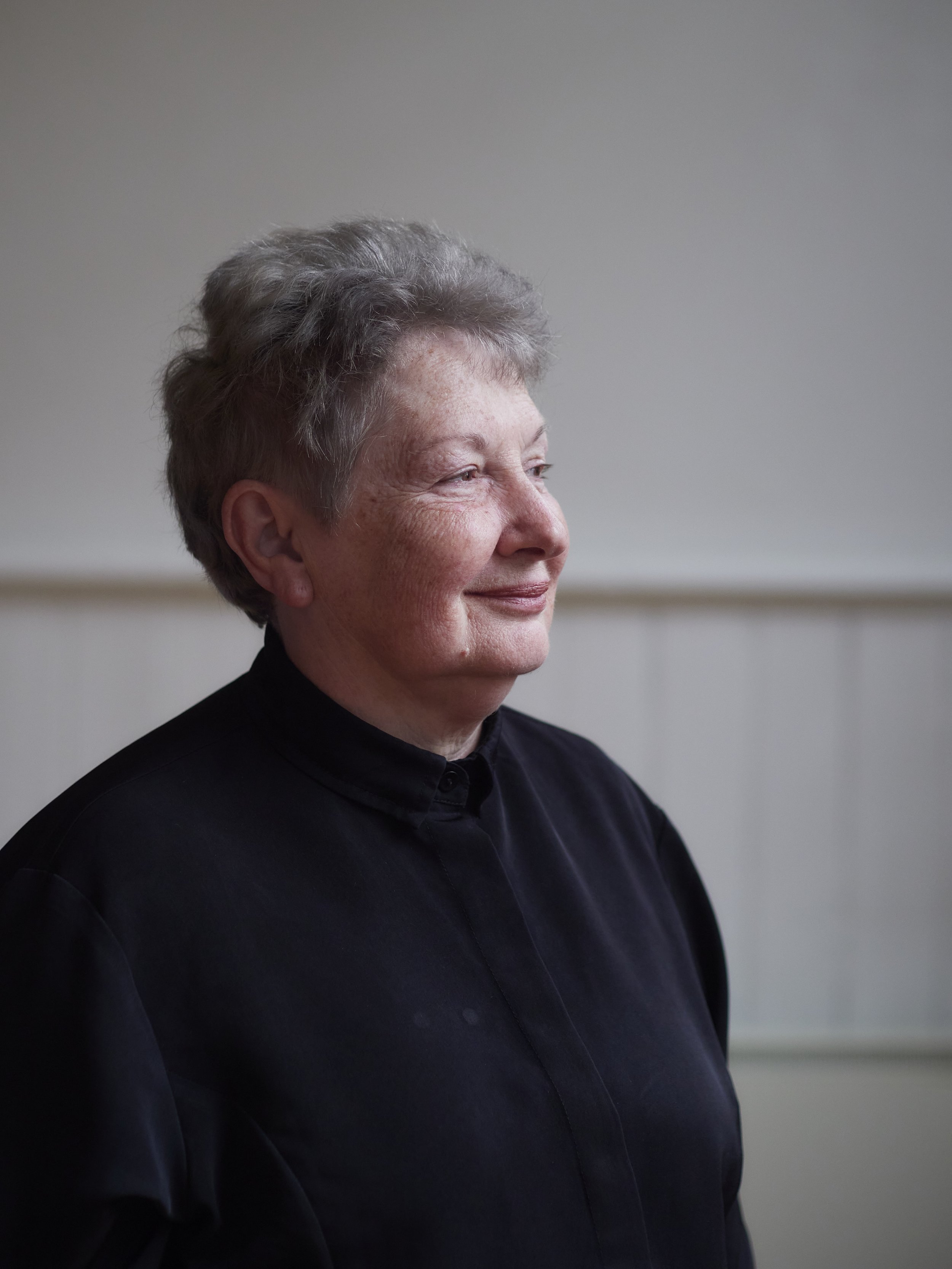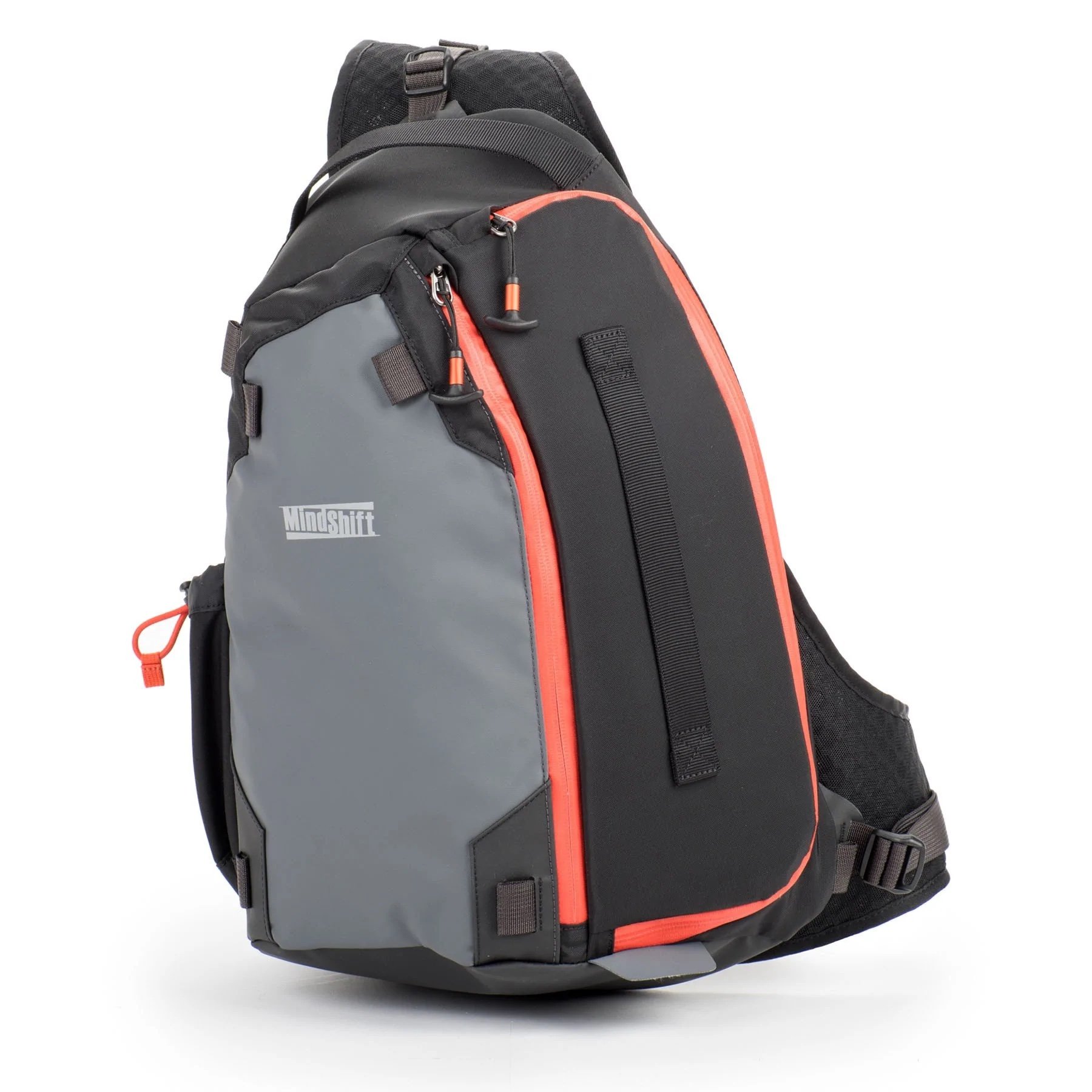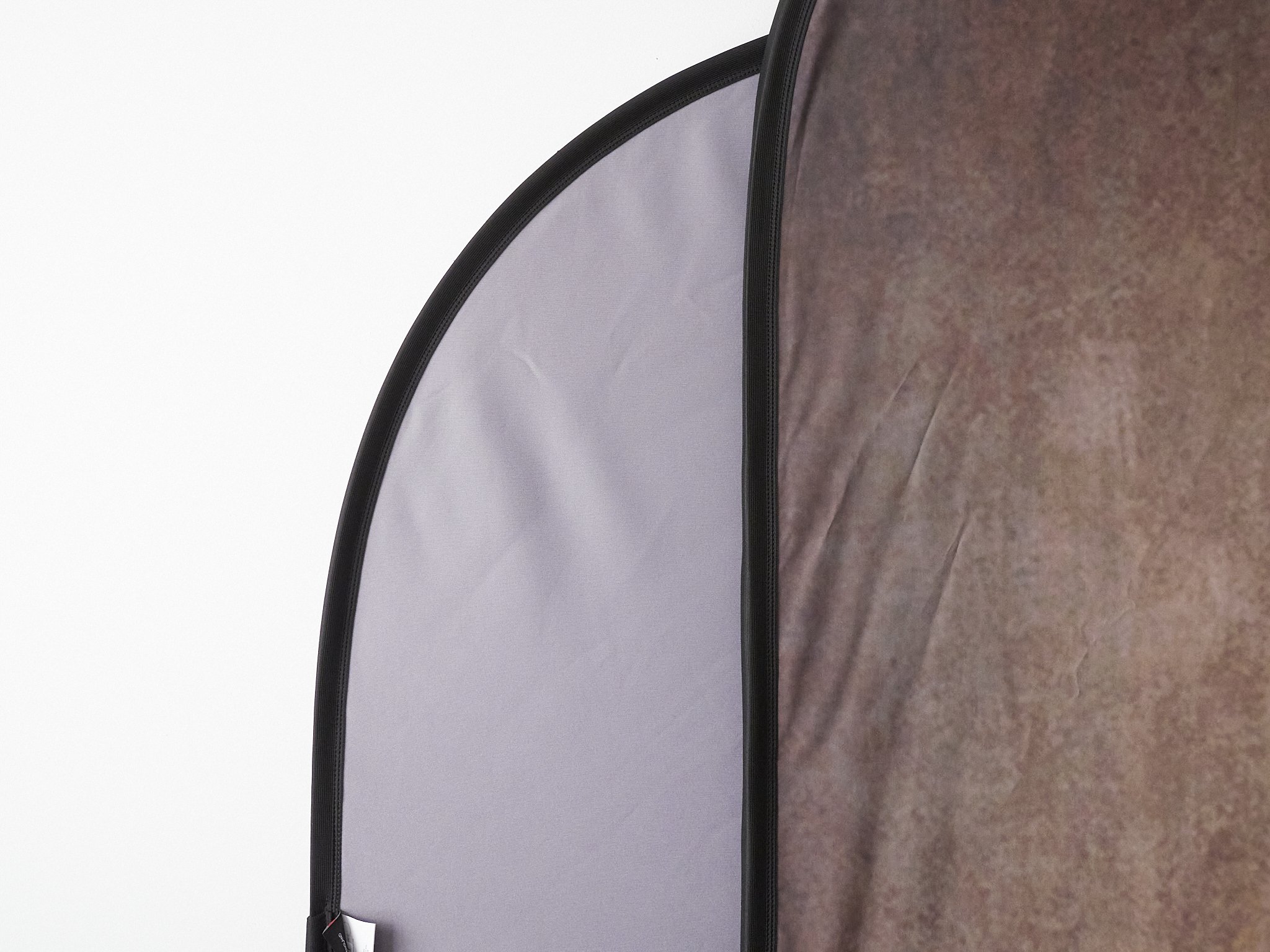I guess I have the best job in the world, so why doesn’t it feel like that at the moment?
After a solid six months of balancing two jobs and never feeling like I was doing either any real justice, I am maybe a little burnt out and realise that what I loved, the school, the kids and staff were what made me happy, not the photography, which is just the vehicle.
My role was special and quite unique, but had no security and no real future.
Working for the paper is a shift further away from where I want to be. It is photography, real photography, sometimes exciting, often useful, but rarely as satisfying. The imaging is fine I guess, although the nature of the work often forces me to go to a dark place, the place where images need to be posed! Add to that the constant chasing around for names for captions, which is all pervading and I often forget why I want to do it at all. My last week before holidays seemed to be one captioning nightmare after another.
I am AWOL in this process at the moment. If I do not turn up to play, then what is the point of the game?
I guess after a long six months of giving two masters all I have, sometimes seven days a week for weeks at a time, I am just done. Making decisions when you feel like this is always a mistake, but when won’t I feel like this?
Not enough attention paid to the important things.
My C.I.A mantra is actually more spot on than I realise and may eventually be my escape route or the harbinger of my doom. I need to work on it, to ponder the reality of my situation. I need to embrace or reject it. I need to trust my instincts. I have to accept the consequences.
We all gotta eat, but at what cost?
Control is key. I need to control the elements in my images much better. I am not accustomed to this at all. Control for me has been, pretty much for my entire life with cameras, all about watching and taking (graciously), not forcing or manipulating. I guess I do need to manipulate, but passively. I need to put the elements in place and take what I get.
Probably not what a politician would expect from a newspaper photographer, but this is what I saw. So shoot me.
Interaction or interest are the main imaging tools you need to make a posed image look natural, so my Control needs to facilitate that.
Elements in place, interaction naturally achieved. Also, there is nothing wrong with a smile.
Action is the interaction bit happening and angle the point of difference. No more static poses or flat wall groups!!! Use the scene, the provided elements and make it mine.
Use the elements in concert, change your angle, look for contradictions or supports, that is, things that are not expected.
Will I make it?
I know I can if I have to, but how much do I want to compromise my own standards to just do the job? Also, how many images per week am I ok with taking contrary to my own tastes in balance with those I can do to suit them?
I may need to drop a day or two so I can pursue my own ends, using the paper as my base-line, but not my everything.
I do not have to travel too far to find my happy place. I was asked to take a quick portrait of a friend and colleague Reverend Grace Reynolds (School Chaplain) the other day.
Managing to miss each other at every turn, we ended up in the same place at the same time for a New York minute and I found some passable natural light in a large room in the school dormitory. The resulting portraits were really just a hint at what is possible, but were satisfying all the same.
An unguarded moment between ideas and a reminder to me how powerful constant light portraits with silent cameras can be.
So I guess in answer to my own question, why not? Lots of worse things I could be doing.
















































































































































